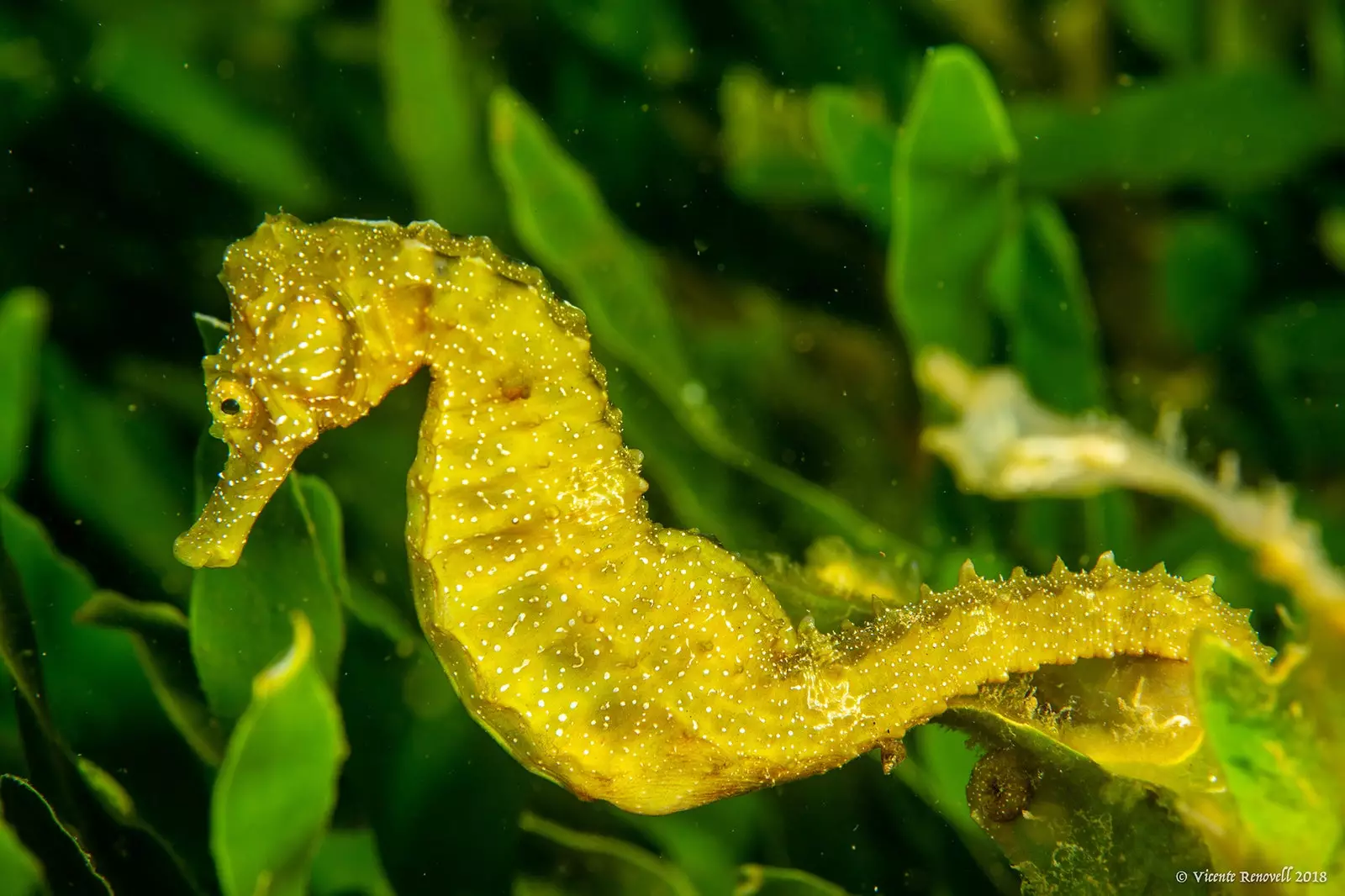
An initiative to save seahorses in the Valencian Community
It was a summer morning in the cove of La Granadella, in Alicante, when marine biologist Alicia Borque and two friends decided to go deep diving. Just four meters away they anchored in a dead, concrete space with chains that holds a buoy, until Alicia was petrified: a seahorse remained isolated near the chain and curled up in just two posidonia shoots that she had managed to rescue from the sandy bottom.
Years later, Alicia is a partner of Great great, diving club that together with the Hippocampus association of Murcia and the Oceanographic Foundation of the Valencian Community collaborate with Seahorse Project. It is an initiative promoted by Ambiences , a non-profit environmental association whose main objective is to publicize the status of seahorse populations on the Valencian coast. Through a crowdfunding campaign, the project obtained part of the financing thanks to The Teua Terra, the first Valencian crowdfunding platform dedicated to environmental initiatives in the Valencian Community.
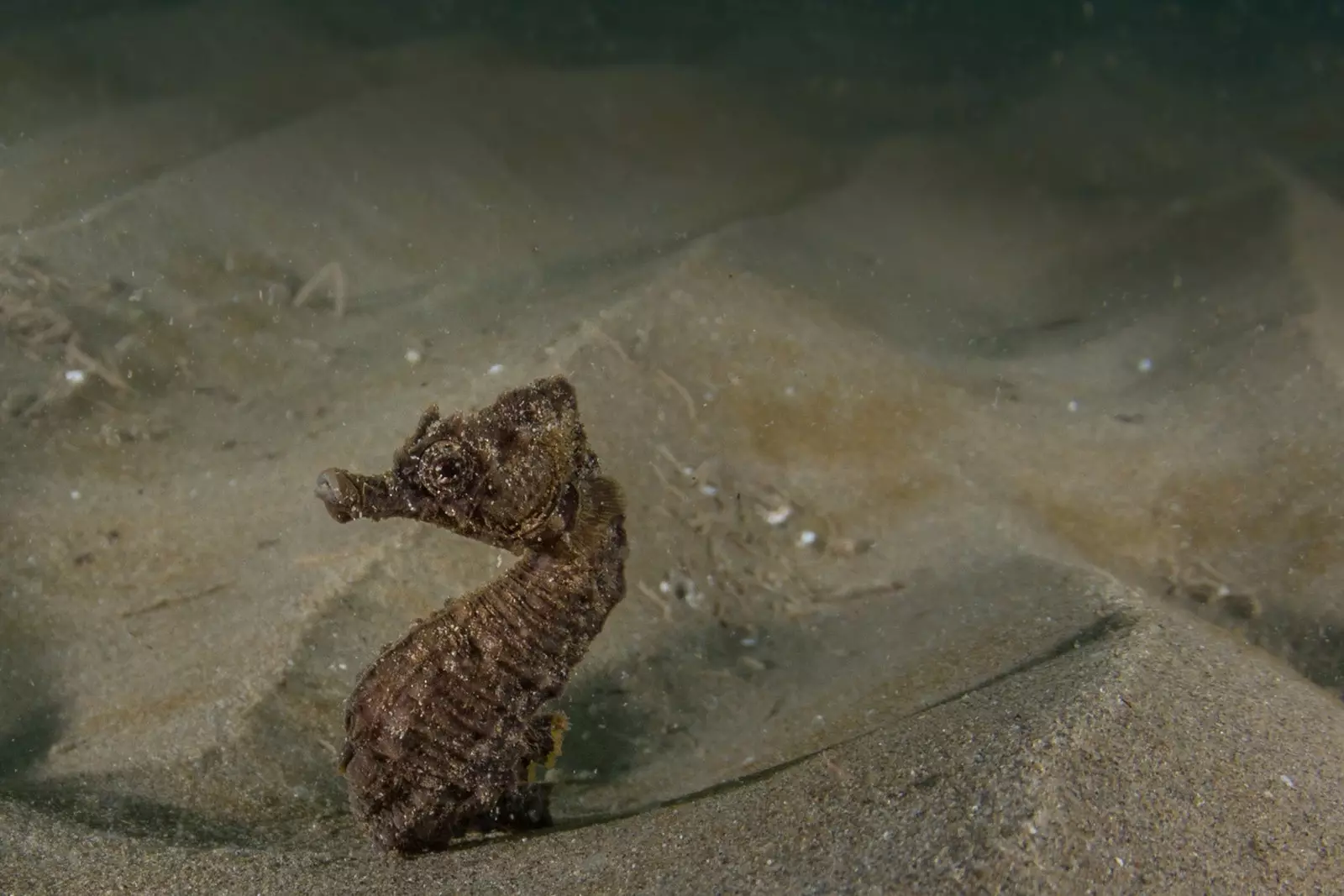
The objective is to publicize the state of the populations of seahorses on the Valencian coast
Through the Seahorse Project, Ambiens intends promote the conservation and protection of Hippocampus hippocampus and Hippocampus guttulatus, the two main species of seahorse that we can find in the Mediterranean. Some friendly inhabitants whose presence, underestimated until now, is threatened by factors such as tourism or pollution.
ONE QR CODE, ONE MARINE LIFE
According to the United Nations, 80 countries around the world trade up to 24 million seahorses a year. In the eyes of traditional Chinese medicine, these fish provide numerous benefits for treat kidney problems, skin problems and even infertility, which is why they are sold in numerous drugstores in China or Taiwan. Also, many of them are stuffed and sold in markets as souvenirs.
But the whims of the 'ying-yang' are not the only threat to the seahorse around the world: pollution or urban activity also destroy their habitat, although the basic problem lies in the lack of data on this fish and its different species.
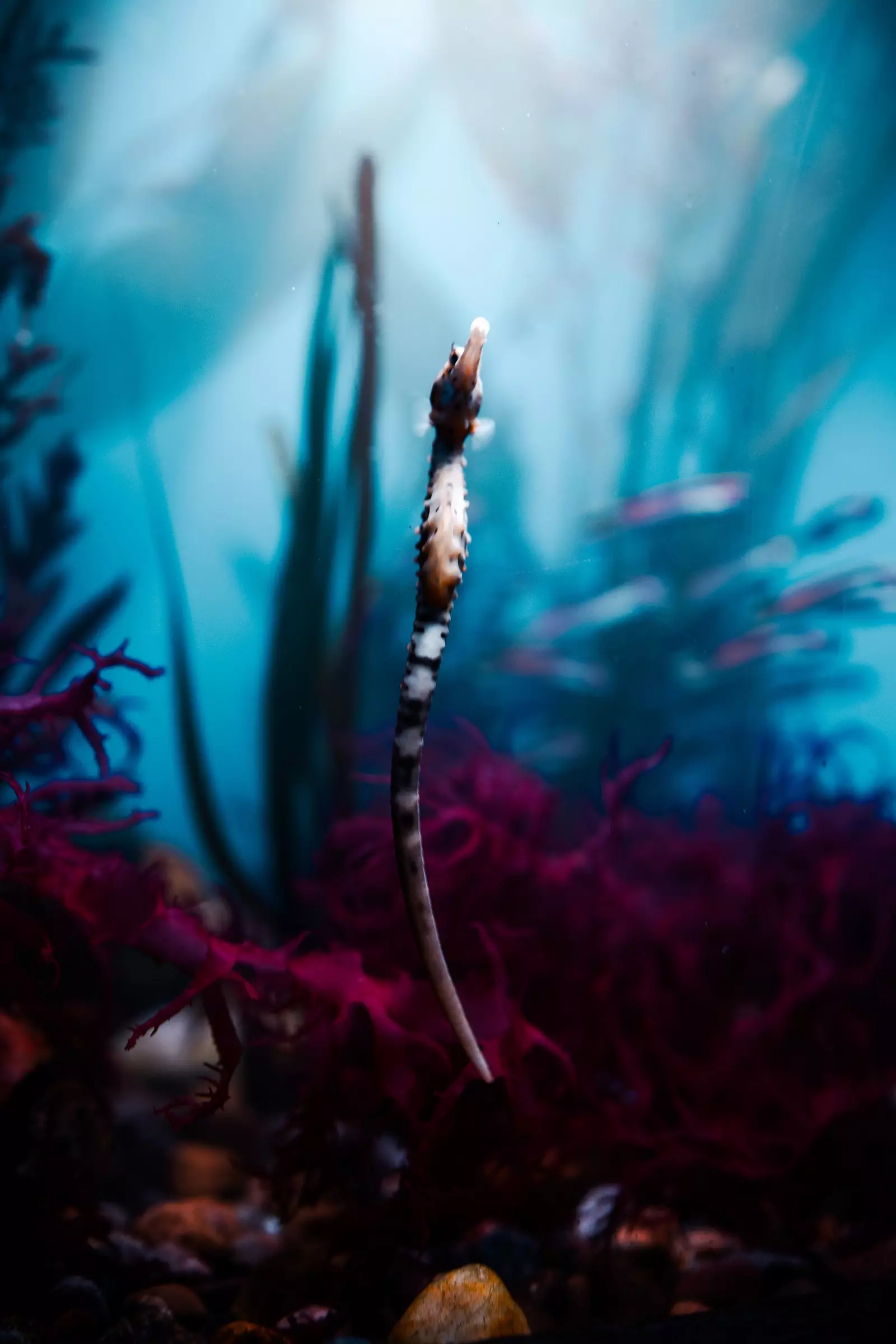
If its study is strengthened, data will be obtained that will allow it to be repopulated
Fortunately, information is power and sometimes preservation, which is why the Ambiens Association has set out to promote the study of the seahorse in order to obtain data for its study and promote its repopulation.
“The IUCN (International Union for Conservation of Nature) considers these fish as an organism little studied to establish its level of protection”, tells Traveler.es the Ambiens association. “It is important to notify the presence of seahorses on the Valencian coast, since Most people don't know they exist. which, together with their complexity when studying them and the curiosity they arouse in society, motivates the project we are carrying out.”
In this information crack, the coasts of the Valencian Community play a decisive role, since they have wide extensions of posidonia oceanica, habitat par excellence of these fish. According to Ambiens, seahorses have been detected in the coasts of Castellón and Valencia, although the area of Alicante is the one with the highest number of specimens at the moment. Obtaining more data and encouraging study will help to affirm with certainty the hypothesis that the Seahorse Project supports.
To enhance this search, Ambiens has created a QR code linked to a form so that anyone can report the presence of a seahorse. These notices allow create a map with presence/absence and thus be able to carry out the tasks of tracking and documentation and, therefore, of conservation.
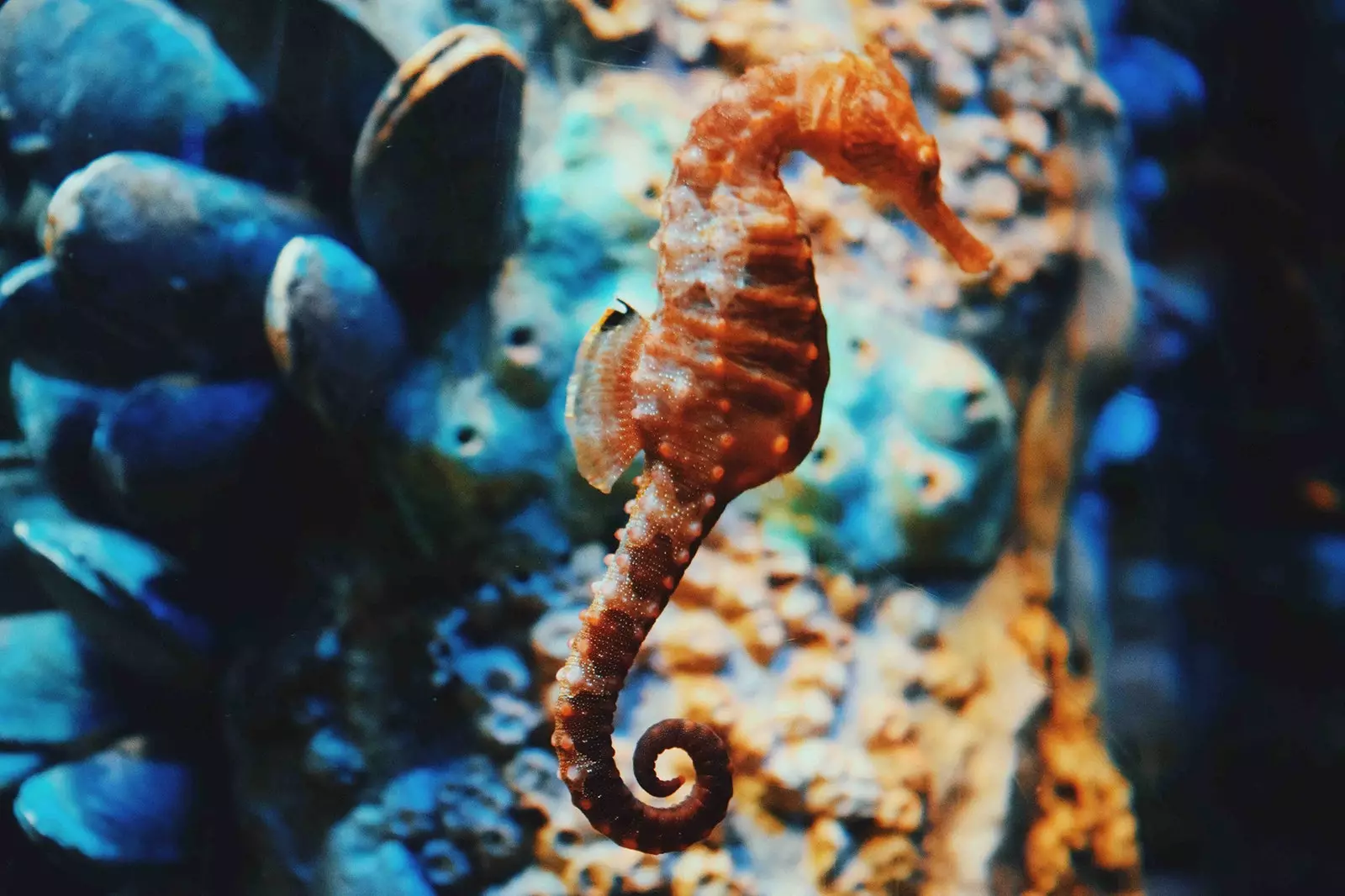
Anyone can report the presence of a seahorse
Ambiens collaborates with fishermen, individuals, schools, diving centers and clubs that transmit all knowledge through their best allies: the lovers of a sea to protect at all times.
MARINE FORESTS ARE ALSO FORESTS
“Let's think of a forest that needs trees so that wild boars, squirrels or deer can live. Now we are going to transfer this classic idea of the forest to the seabed”, Alicia Borque tells Traveler.es. "The sea also has its own forests, in this case Posidonia oceanica, where snails, juvenile fish or seahorses live."
Unlike other fish, The seahorse needs algae or marine plants such as posidonia to wrap around with its tail to survive: “If you remove that support, the horse leaves or dies”, explains Alicia, who is clear about the reason for the progressive disappearance of the seabed in the Valencian Community: “The main cause is, without a doubt, The tourism. The overcrowding of people or the construction of infrastructures near the coast forever alter a marine ecosystem and it happens as in any situation: some fish resist and stay, but others do not”.
Strong enthusiast of the project, Alicia believes that diving is a good "shortcut" to connect people with the conservation of the marine environment: “Diving always provokes emotions during practice,” she continues. "That's why the ability to transmit is more powerful."
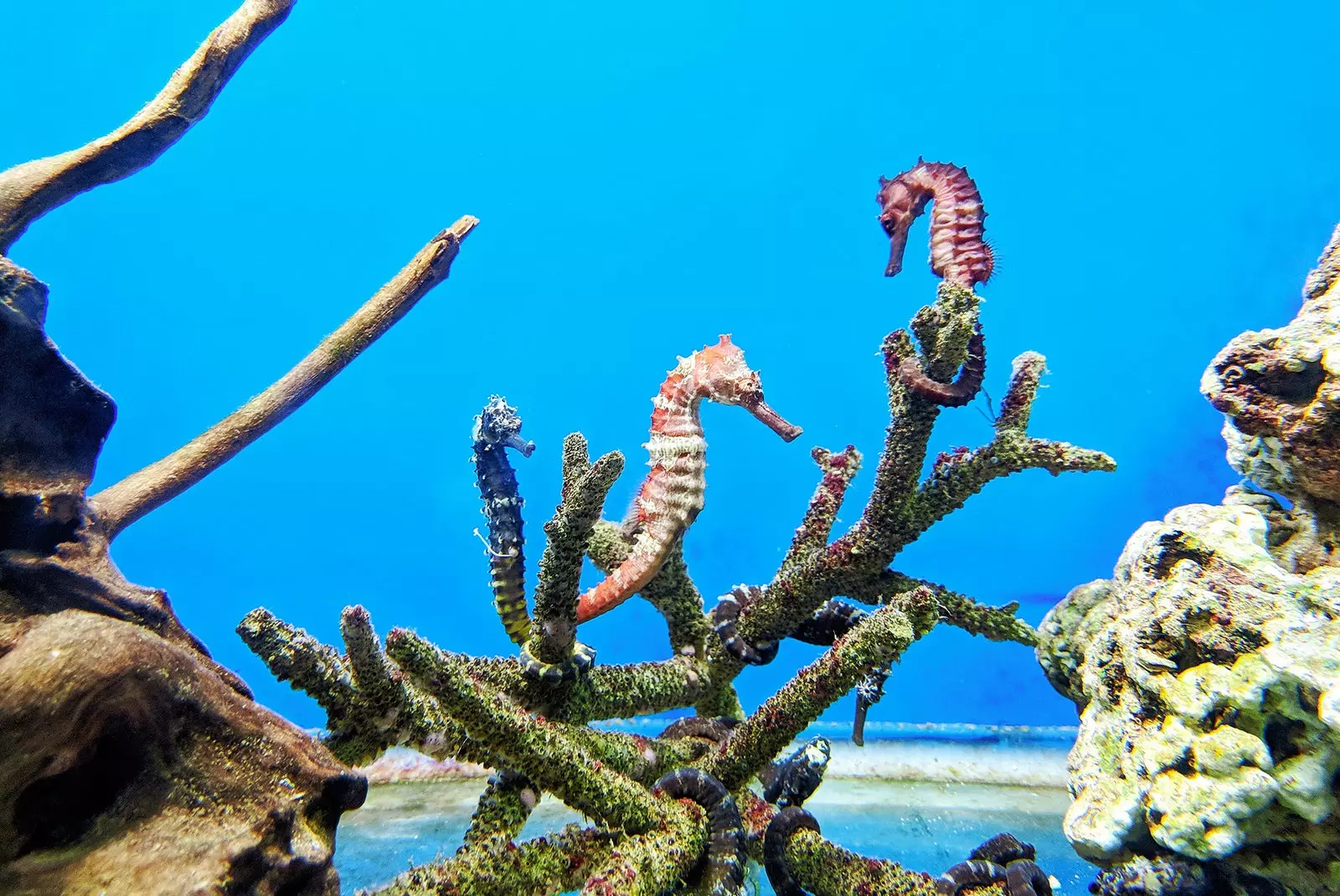
The seahorse needs algae or marine plants to wrap around with its tail to survive
Today, June 5, World Environment Day, Ambiens gives a talk and on the 8th she will be invited to a webinar organized by the United States Embassy from the American Space centers in Valencia and Barcelona. in which he will talk about his conservation projects. Likewise, throughout the summer they will convene new webinars and talks at dive centers to continue consolidating what many of us already suspected: associating everything that excites us and makes us enjoy with the environmental cause.
